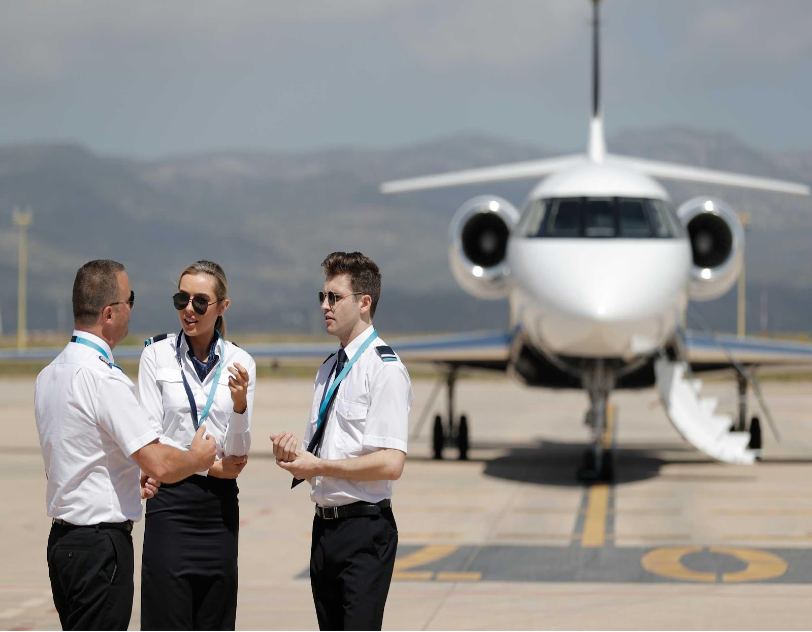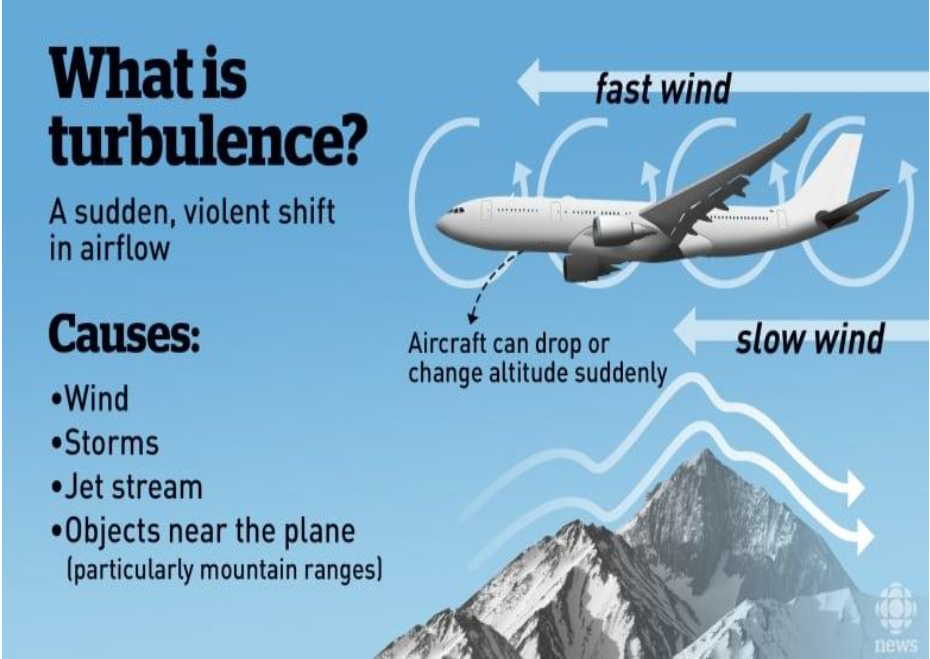Travel photography is much more than snaps. It is the kind of art that catches the real soul of the place in stories through photos, transferring emotions and interest.
This art takes composition with an eye, lighting with knowledge, and the thread of telling a good and compelling story. Herein, let’s delve into how the above elements combine to make better travel photography for good.
Mastering Composition in Travel Photography
The Rule of Thirds: The very basic guiding principle, whereby one is supposed to divide an image into nine equal segments by two vertical and two horizontal lines. Positioning some important elements of the shot on these lines or their junctions gives a more balanced, engaging composition.
This technique draws the viewer’s eye into the composition, making for a more dynamic photograph.
Leading Lines: Whether it’s the curving road, the horizon at the beach, or even the architecture itself, leading lines draw the viewer into the photograph, all the way to the subject itself. This adds not only depth but also accentuates movement and a sense of direction in a given frame.
Framing: Leading lines can also be applied through natural or man-made objects framing the subject to focus the viewer’s attention. It may even give some context about the clues of the environment or the place.
Depth: Creating depth gives a photograph a three-dimensional effect over a two-dimensional medium. It is by employing various techniques, such as having a wide aperture to get a shallower depth of field or having elements in the foreground, middle distance, and background.
Lighting – The Heartbeat of Photography
Understanding Natural Light: The very nature of natural light varies, and it is one of the varied qualities. Learning to recognize the very soft, diffused lighting of a cloudy day, or the warm golden tones just after dawn or before dark, can have a great influence on your photos.
Golden Hour: The time just after sunrise to just before sunset is what is referred to as the golden hour. It’s the best time for photography since there’s the great warm natural light that perfectly brings out textures and colors.
Harsh Sunlight: The light from the sun is at its peak around noontime. This light is so sharp that produces very harsh shadows. However, this can be used in a very creative way to produce striking high-contrast images. One can, however, minimize some of these challenges by seeking shade or using a reflector to diffuse light.
Artificial Lights and Night Photography: Night is one of those great realms of the camera. The night brings life to the cityscape with gleaming lights. Even the farthest getaway into natural spaces on the earth can be put in an artistically lit manner with the use of artificial light sources. Mastery of exposure settings is the cornerstone of how to make sharp, well-lit captures of at-night activity.
Shadow Play: Shadows can add not only drama to a photograph but also contrast, and to some extent, a mystery element. Creative use can help shape a story in a photo, giving layers and depth that pull the eye closer in.

Telling a Story Through Your Lens
Capture the Essence of a Place: Behind the scenic landscape and iconic landmarks, the true essence of a place mostly lies in small detail. Textures of aged walls, vibrant colors of a marketplace, the serene gaze of a local.
These images tell a story that resonates with the viewer, offering a glimpse into the soul of a destination.
People and Culture: Sensitivity and respect should be observed while taking pictures of people and cultural events. Candid photographs of day-to-day life, portraits of people, and cultural ceremonies may add a great and rich human dimension to your travel photo files.
Cityscapes and Landscapes: Whether it’s the expanse of a desert or the dense verticality of a cityscape, capturing such a grandeur calls for a grounding base in composition and lighting. The light modulating from either dawn or dusk has the potential to turn an ordinary familiar scene into something magical.
Details and Close-Ups: Sometimes, it is through the microcosm that the larger story is told. Drawing the viewer in closer, the close-up shots of the local cuisine, craftsmanship, flora, and fauna all invite the viewer into a sensual experience of textural and nuanced elements of the place.
Sequencing of Series: A single image can be very powerful, but a sequence of pictures can take a viewer on a journey. Sequencing photographs for a narrative arc might perhaps point toward a richer understanding and appreciation of a place with its diversity and may put forth a more complete story of those illustrated.
Essential Gear and Preparation
Choosing the Right Equipment: The truth is, the best camera for travel photography is the one with which you can pretty much comfortably wear all day. A mirrorless one will provide an excellent balance between quality and portability.
Do not forget about other really important gadgets: extra batteries, memory cards, and a really strong and, at the same time, light tripod.
Preparation Tips: Photography during travel is a result of great research. Part of the research can be learning when best the lighting at a particular spot is and scouring the locations online. A little bit of history and culture also gives one some inspiration and insight.

Conclusion
Travel photography holds a deeper sense than simply the representation of the places captured. It is, in fact, associated with narrating experiences and stories held in those places through one’s lenses.
Composition, lighting, and storytelling combine to make memorable photographs that are more than mere documentation of our travels but rather communicate to other people.
Trying these out in different combinations and mixing them with a strong dose of curiosity and respect, we can all hope to contribute to the rich tapestry of travel tales.
Thus, I highly encourage toting your camera, exploring our world, and sharing its beauty in your special way.







Leave A Comment